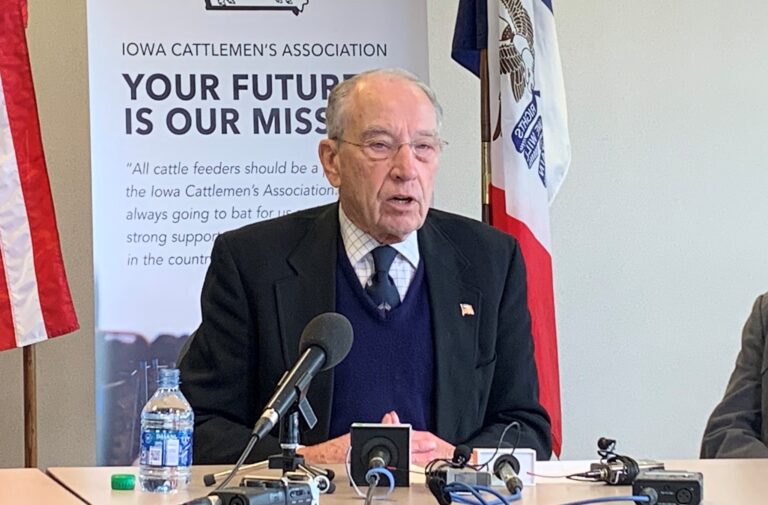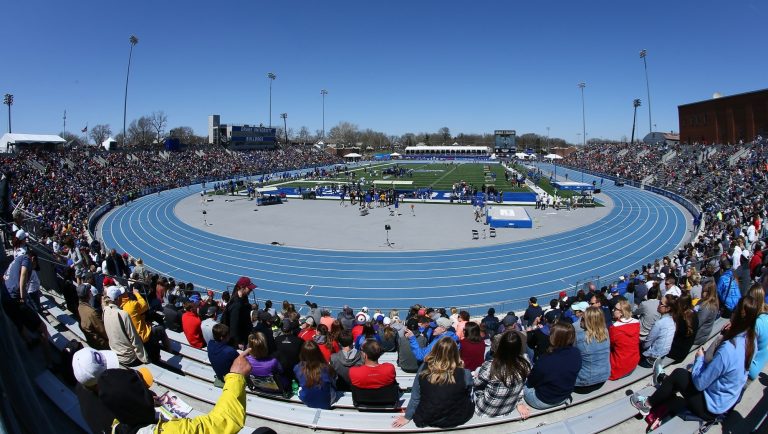IARN — Iowa State University Extension and Outreach continued its virtual series of field days Thursday morning. In part four, extension staff provided an overview of long-term tillage and crop rotation studies.
Extension field agronomist Angie Rieck-Hinz says these long-term tillage and rotation studies were established in 2002 to document agronomic and economic responses, as well as soil carbon changes to five tillage systems and three crop rotations. Farm locations included Ames, Chariton, Crawfordsville, Kanawha, Lewis, Nashua, and Sutherland.
“Yields were determined by harvesting the center four rows of corn in the 12-row plots, and then the center six rows of beans in the soybean plots,” Rieck-Hinz said. “In addition, the soil carbon content was measured at 0-6, 6-12, 12-18, and 18-24 inches at the beginning of the study so we can measure the changes in soil carbon over time.”
Rieck-Hinz says the study showed that the Kanawha site had the most consistent yield over an 11-year period from 2003 to 2013.
“What we’re going to notice is that, obviously, yield changed significantly over years,” Rieck-Hinz said. “A lot of this had to do with cool, wet soils at that Kanawha site, but in reality when we look at those different tillage systems, we see that our conventional tillage systems seem to slightly outperform our no-till and our strip-till.”
However, Rieck-Hinz notes that results varied in different parts of the state in regard to tillage.
“I’m not going to make any generalizations because people are going to do the tillage systems they want, but we do see a better response out of no-till and strip-till in other farm locations and they all have better drainage than the Kanawha site does,” she said. “This is just an example of some of this data that’s shown here.”
More information can be found at ISU extension’s website.
Story courtesy of the Iowa Agribusiness Radio Network.











